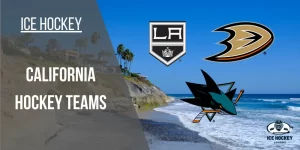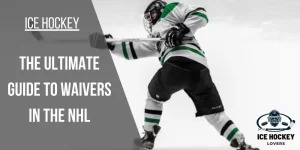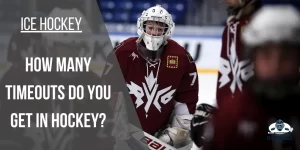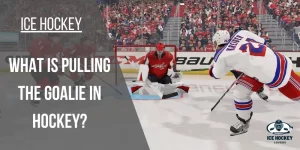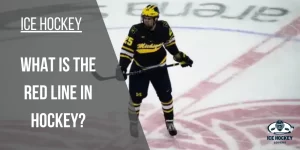Can Hockey End in a Tie? Then What!!
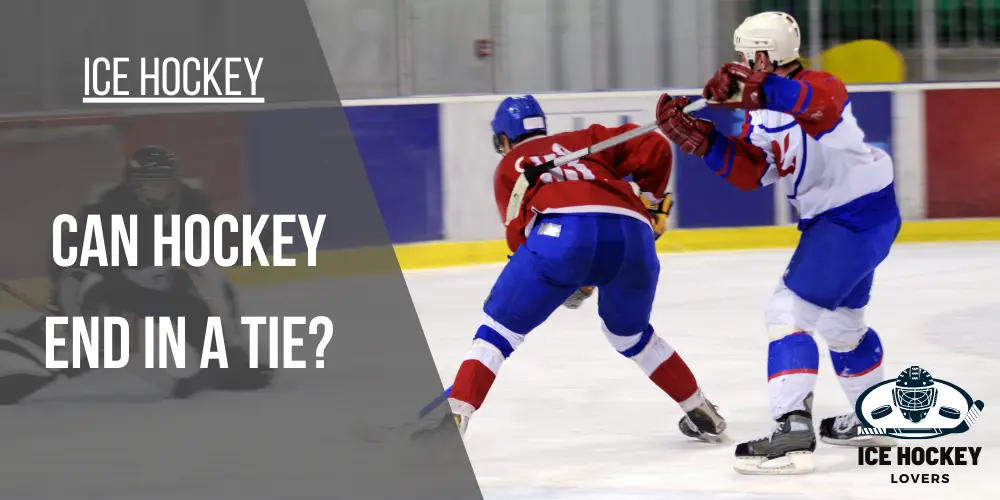
Have you ever watched a tied match if you are a hockey person? The simple answer is no because hockey games do not end in ties. That is what the NHL has been working on for some time. In the past, there were ties, and the games would end without a definite result in ties but not today.
Because in the beginning, the rules were different, but things have changed in the past years. NHL has amended the ties-related game rules, but the NCAA and the recreational level game may still end in ties.
We’ll examine why hockey games nowadays don’t end in a tie. Over the years, what precautions did the NHL take to make hockey games more interesting and engaging for fans?
Table of Contents
What Happens When an NHL Game is Tied at the End of Regulation?
After updating NHL rules, hockey games do not end in ties, so if the score is equal for both teams at the end of the regulation play, the game will continue in another form to reach a conclusion and determine the results.
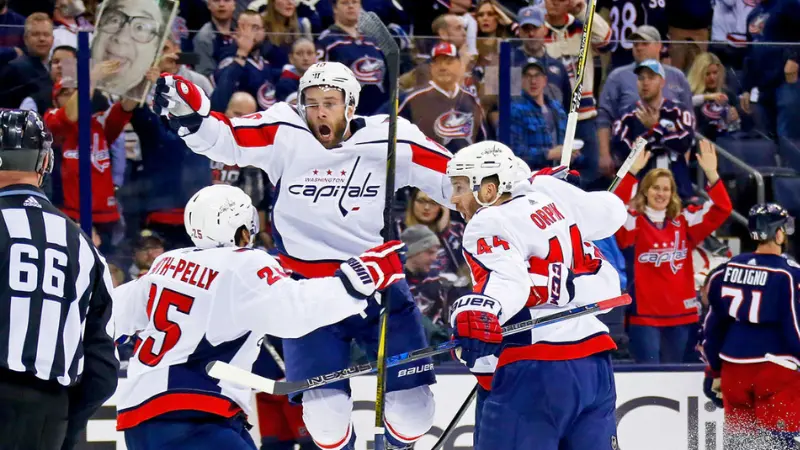
Therefore, here comes the overtime period. The overtime period is added to the regulation play, ending in a tie.
The overtime period is five minutes added to the game time in the regular NHL plays. Its rules are a little different from the regulation play. Each team is allowed only three players on the rink instead of the actual five during this period. Due to fewer players, there is more room in the rink for the players to score, making the game more sensational.
As soon as a player scores, the game will end, and the team with the greater score will be declared the winner of the game. If the time is still left for 5 minutes, the rest of the time will not be played. This is called sudden death in hockey terminology. And if no team can score during overtime, the game will proceed to a shootout period that includes one-on-one attempts.
The overtime period is slightly different in the playoffs, with no 5 minutes; instead, the overtime periods are similar to the three regular play periods with intermission periods. The rules are the same as regulation play periods.
How does the Shootout Work to End a Tie?
Shootouts decide the winner of the games in which overtime periods are also tied. The goalie and three shooters play the primary role in shootouts. Three players from each team take the penalty shots against the opponent’s goalie in an alternate turn. The team with more goals is declared the winner at the end.
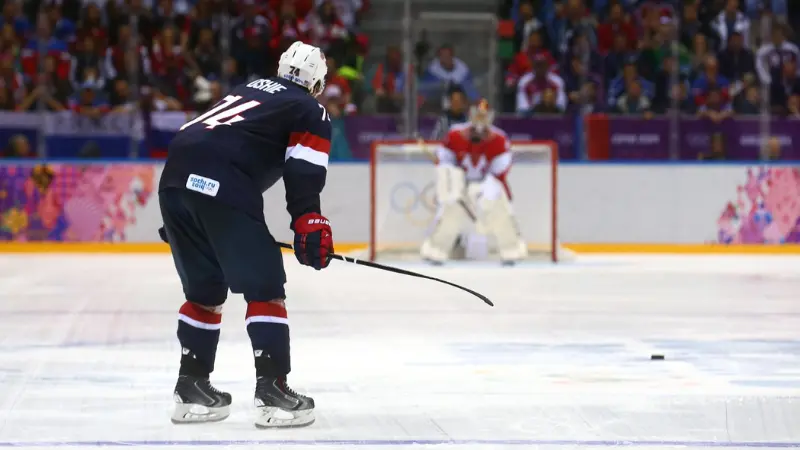
These shootouts have helped the NHL eliminate the ties in hockey games. If a team loses during this, it will still get the point, while the winner receives two points. The shootouts only work in the regular seasons of the NHL. In the playoffs, there are overtime periods that keep on being added unless the winner is determined.
What Happens if there is a Tie at the End of an Overtime Period in the Playoffs?
Rules are different in the Stanley Cup playoffs. If the game is tied at the end of regular play in the playoffs, the game will enter the overtime period. If the game is still tied even after the overtime period, there will be a 15 minutes intermission and then an additional overtime period of 20 minutes.
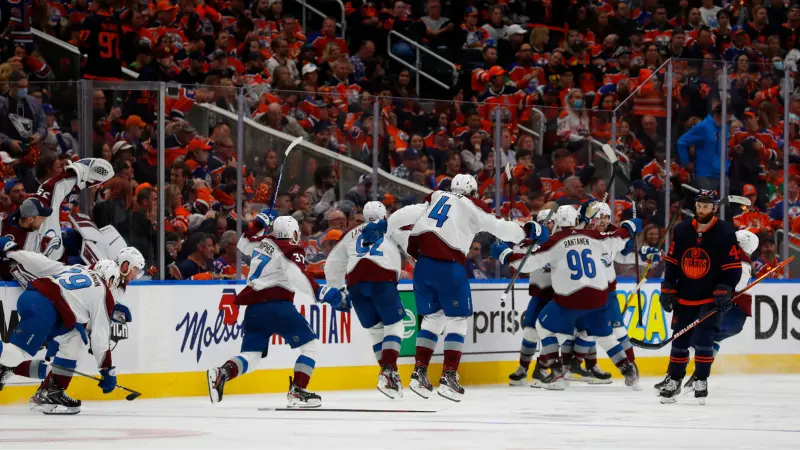
There will be additions of overtime periods until a team scores, and there is a winner. The highest overtime in this regard has been six overtime periods. Like the NHL, all the other leagues also do not allow their games to be ended in ties and have the same rules as NHL to avoid ties.
The European leagues have adopted both the overtime periods and the shootout to determine the winner in their games. And to be honest, what fun is a game that ends in a tie? No one is happy to watch a tie in a good match.
Has the NHL ever Allowed Ties in Games?
Ties were common in hockey history, and you may find many games in earlier times that ended in ties. In fact, most games ended in a tie before the NHL regulated this issue and came up with the no-ties rule.
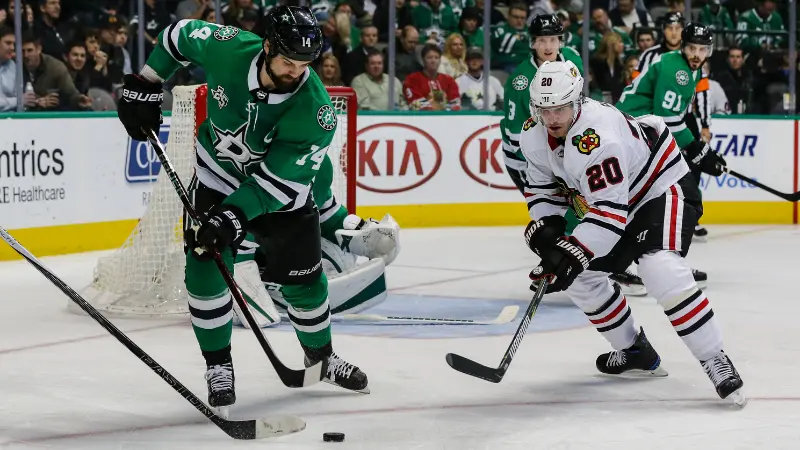
In the beginning, if a game were tied at the end of the regulation play, there would be one overtime period with the same number of players, that is 5 vs. 5. If the game were still tied after this overtime period, the game would be declared tied.
According to statistics, from 2003 to 2004, 14% of games had ended in ties.
So Why did the NHL Remove the Tie from its Games?
You might be wondering if the games in the past did end in ties, why did NHL remove the ties and form the no-ties rule?
In the 1990s to early 2000s, there was a time called the ‘dead puck era.’ This was the time when defensive hockey was being played more.
Defensive hockey means lesser scoring and more focus on stopping the other from scoring. This defensive mode started turning hockey into a boring game. There is no fun in such a game where players are not scoring and just moving around. Sometimes, the games would even end in 0 – 0.
In 2004 – 2005, a committee was formed to research how scoring could be improved in the NHL.
The committee recommended that ties be removed from the games, which will compel the players to score and put spirit and their energies into the game. They also proposed that shootouts be introduced to the game so that every team could get a chance to score and be the winner.
Therefore, in 2005 – 2006, the NHL officially introduced the new rules and declared that no game would end without a winner and a loser. No more ties in the games!
NCAA Recreational Leagues and Ties
Besides NHL, no other leagues have dismissed the tie ending at the regulation end and have not officially implied the shootout rule. You can see a popular NCAA game still played in the traditional manner of 60 minutes of regulation followed by 5 minutes of overtime, having clear chances of a tie finish.
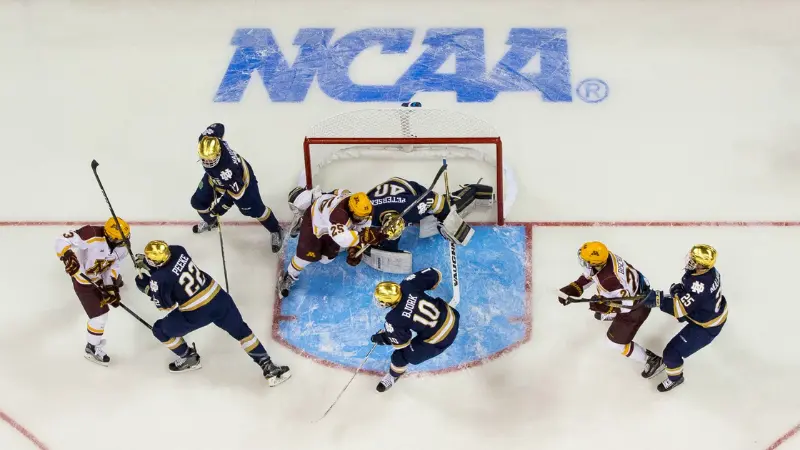
Local recreational leagues take ties as usual. This is because the ice rink of league games is booked only for a fixed time and is booked by following immediately after that game.
So, there is no time for a game to continue to determine a final winner because it will disturb the following schedules of games, and there will be no time left to resurface the ice. Henceforth, recreational games can end in a tie, but a shootout follows the playoffs and tournament games to draw out a final winner.
Conclusion
To summarize, the NHL has updated its rules over the years in order to engage fans and bring more interest. The local recreational games still end in ties, but ties are officially over in the NHL, and they will not be returning. And why would you want them back? Isn’t it a thrill to have a winner in a game and speculate about who will be the winner of today’s game?
What do you think? Also, what does this no-tie rule teach you about life?

Who is Austin Taylor?
Meet Austin Taylor, your go-to source for everything ice hockey! With a passion for the sport that’s as deep as the ice itself, Austin Taylor brings you concise, expert insights and nitty-gritty details on all things hockey. From gear reviews to strategy breakdowns, Austin Taylor is your trusted guide to navigating the exhilarating world of ice hockey. Get ready to lace up your skates and dive into the game with Austin Taylor as your ultimate companion.

